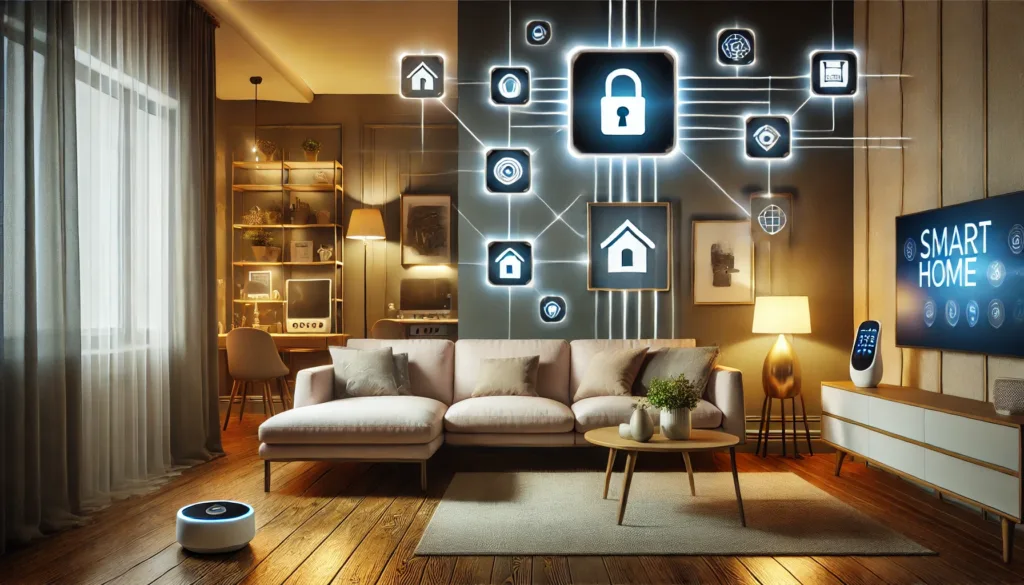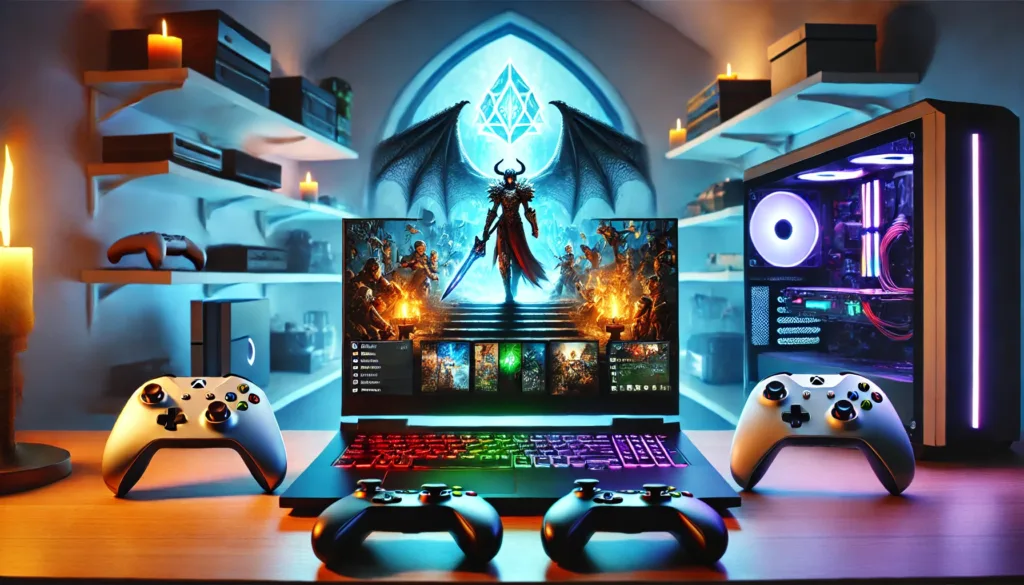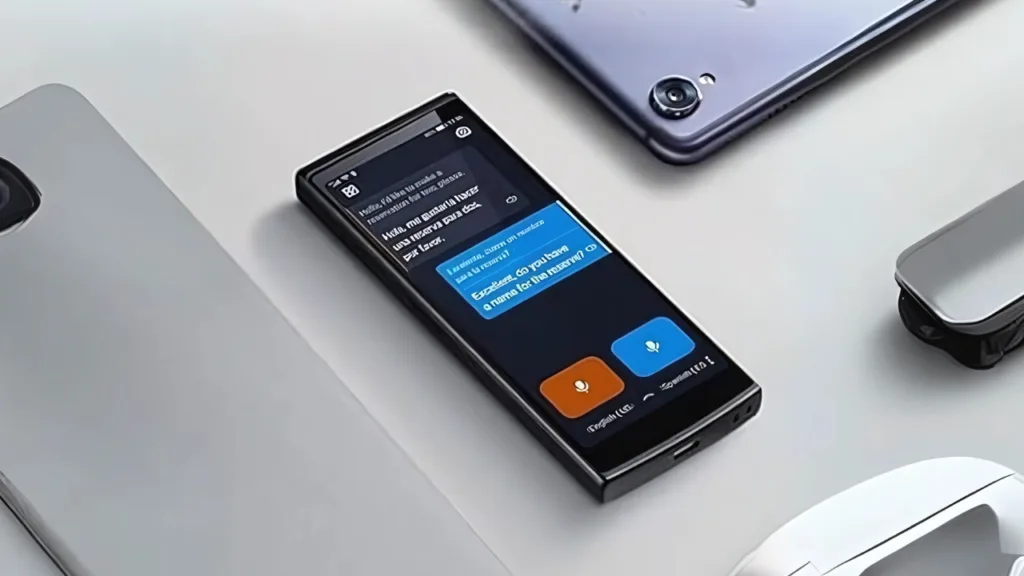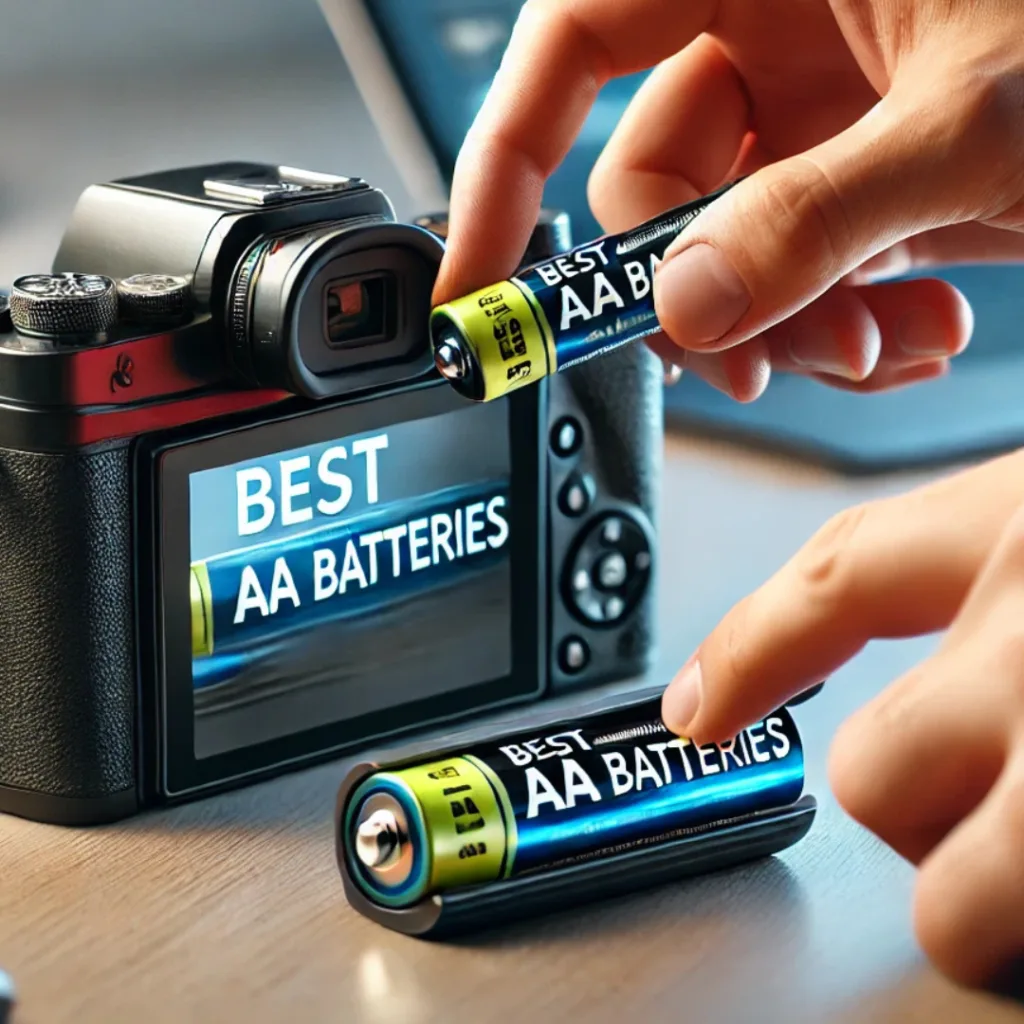Secure your Wi-Fi Network
To ensure smart home security your WiFi must have a strong security, use a password that is not easily accessible by others. Your WiFi device is a crucial part of your home network, and all smart devices, such as cameras, are also connected. For example, if someone gains unauthorized access to your WiFi, they can potentially access your camera and even listen through any microphone it may have.
If you have a shared Wi-Fi connection, you should switch to a dedicated Wi-Fi connection because in a shared Wi-Fi connection, other users can easily access your details. To enhance your WiFi security, enable WPA3 encryption and consider hiding your network SSID and disabling guest access. In case you have any doubts about your WiFi being hacked, instantly change your WiFi password.
Use Strong, Unique Passwords for All Devices
For enhanced smart home security, it’s important to change the default passwords to new, unique ones for each device. This way, if one device is compromised, the others remain secure. Additionally, if possible, enable 2-factor authentication (2FA) for added security. Remember to keep track of your passwords in a secure logbook to avoid forgetting them, as using different passwords for each device can be challenging to manage. If you don’t have knowledge about having a strong password then here the keypoints to create your password.
- Contains Uppercase/Lowercase letters
- Contains Numbers
- Contains Special Characters
Examples of a Strong Password:
- pr@371_IOde1
- ~92P#dce2A
These are the examples of a strong password, as they are long, strong, and also contains every type of character.
Keep Your Devices and Software Updated
Please remember to regularly check your device for firmware updates. By doing so, you will receive new features and important security patches. If you’re unable to check for updates regularly, consider setting up automatic updates in the device settings. This will ensure that updates are installed without needing your intervention. Failing to update your device can increase the risk of being hacked. If you don’t know that how to update the firmware then here are some links to update google, and amazon products.
- Google Nest – Firmware update
- Amazon Devices – Firmware update
Implement Multi-Factor Authentication
I just wanted to remind you about the importance of Multi-Factor Authentication (MFA). MFA adds extra layers of security by requiring users to provide two or more verification factors, such as something they know (like a password), something they have (such as a smartphone), and something they are (like biometric verification). This process significantly enhances security and makes it much more difficult for unauthorized users to gain access to systems or applications, even if cybercriminals have obtained the password.
Secure Your Home Network with a Firewall
Securing your home network with a firewall is essential for protecting your devices and personal information. Firewalls act as gatekeepers, monitoring and controlling the traffic entering and leaving your network. Adding an extra layer of security with a VPN is also advisable. Additionally, consider using dedicated network security devices specifically designed for smart homes for comprehensive protection.
Limit Access to Your Smart Devices
When multiple individuals are responsible for managing a smart home security, it’s important to create distinct user accounts for each person with restricted access and permissions. One user should be designated as the main administrator, with others set up as members having limited access to certain features. It’s essential to regularly monitor all smart home devices to detect and remove any unauthorized users.
Disable Unnecessary Features
It is important to remember to disable features such as remote access or voice commands on smart home assistants when they are not in use. This helps to minimize potential privacy risks as smart home assistants are always listening, despite company claims that they are not. It is crucial to disable any services that are not needed in order to reduce potential vulnerabilities and protect your privacy and security.
If you struggle to fall asleep at night, check out our article on the 11 best gadgets for a restful night’s sleep.




